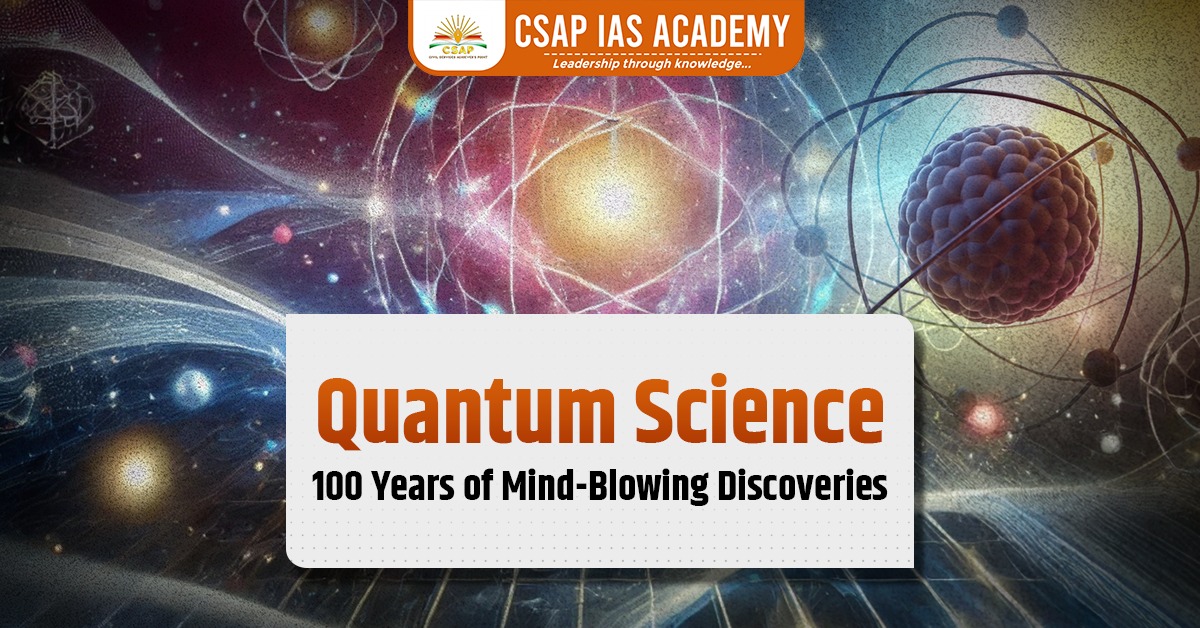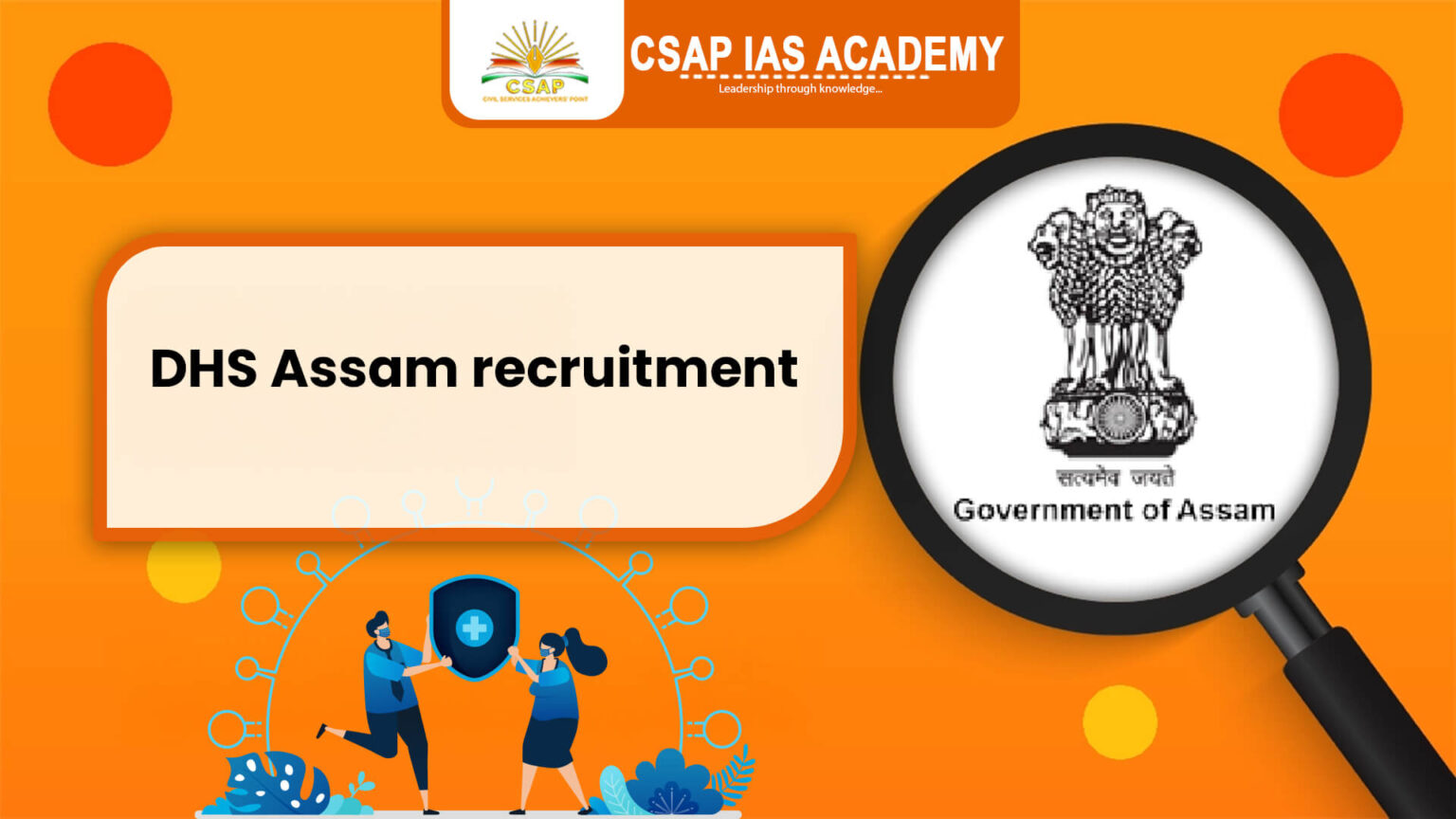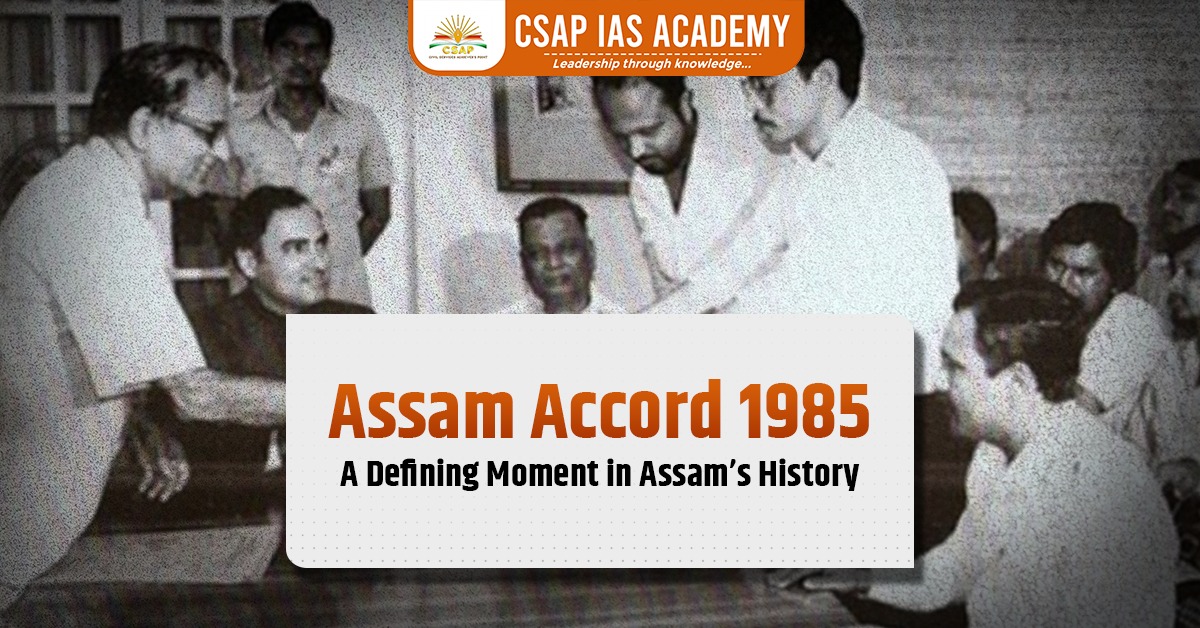The United Nations (UN) has designated 2025 as the ‘International Year of Quantum Science and Technology’ to mark the 100th anniversary of Werner Heisenberg’s foundational work in quantum mechanics.
This initiative aims to raise global awareness about quantum science and its transformative applications through a series of worldwide activities.
Developments in Quantum Science and Technology
Early Developments (1900s – 1930s)
- Quantum Mechanics:
- Max Planck (1900) introduced the concept of quantized energy levels.
- Albert Einstein (1905) explained the photoelectric effect, demonstrating the particle nature of light.
- Werner Heisenberg (1927) formulated the Uncertainty Principle, and Erwin Schrödinger (1926) developed the wave equation, both laying the foundation of quantum mechanics.
Late 20th Century – Emergence of Quantum Technologies
- Quantum Computing (1980s – 1990s):
- Richard Feynman and David Deutsch proposed the concept of a quantum computer.
- Shor’s Algorithm (1994) demonstrated that quantum computers could break classical encryption.
- Quantum Key Distribution (QKD) was introduced to enable unbreakable encryption for secure communication.
Current Developments in Quantum Science and Technology
Quantum Computing
- Hardware Developments:
-
- Companies like IBM, Google etc. are developing quantum processors using technologies such as superconducting qubits, trapped ions, and topological qubits.
- Quantum Algorithms:
-
- Beyond Shor’s and Grover’s algorithms, quantum algorithms are being applied in fields like chemistry, materials science, and optimization problems.
Quantum Communication
- Quantum Key Distribution (QKD):
- Secure communication channels are being developed using QKD, and commercial systems are now available.
- Quantum Networks:
- Research is ongoing into quantum repeaters and entanglement distribution to build large-scale quantum communication networks.
Quantum Sensing & Metrology
- High-Precision Measurements
- Quantum sensors are revolutionizing fields like gravimetry, magnetometry, and atomic clocks for timekeeping.
Quantum Simulation
- Simulating Quantum Systems
- Quantum computers are simulating complex quantum phenomena, aiding research in high-temperature superconductors and new materials.
Future Prospects in Quantum Science
Quantum Supremacy and Fault-Tolerant Computing
- Quantum Supremacy
- Achieved in 2019 when Google demonstrated a quantum processor performing a task beyond the reach of classical computers.
- Fault-Tolerant Quantum Computing
- Research is focused on error correction and scalable architectures to develop practical quantum computers.
Quantum Internet
- Global Quantum Network
- The goal is to build an interconnected quantum communication system for highly secure global data exchange.
Advanced Quantum Materials
- Discovery of New Phases of Matter
- Quantum simulators are aiding in the discovery of topological insulators and quantum spin liquids.
Quantum Healthcare
- Medical Applications
- Quantum sensors are being developed for early disease detection, quantum imaging for better diagnostics, and quantum computing for drug discovery and personalized medicine.
Interdisciplinary Applications
- Finance: Quantum algorithms can optimize trading strategies, risk assessment, and portfolio management.
- Climate Science: Quantum simulations can enhance climate models, aiding in better mitigation strategies.
The United Nations has declared 2025 as the International Year of Quantum Science and Technology to highlight its increasing role in computing, secure communication, and industry. With ongoing research, quantum technology will continue to bring new discoveries and shape the future.
Multiple Choice Question
Which of the following statements regarding the early development of Quantum Mechanics is/are correct?
- Max Planck (1900) introduced the concept of quantized energy levels.
- Albert Einstein (1905) explained the photoelectric effect, demonstrating the wave nature of light.
- Werner Heisenberg (1927) formulated the Uncertainty Principle, and Erwin Schrödinger (1926) developed the wave equation, both laying the foundation of Quantum Mechanics.
Options:
(a) Only 1 and 2
(b) Only 2 and 3
(c) Only 1 and 3
(d) 1, 2, and 3
Answer:
(c) Only 1 and 3
Solution:
- Statement 1 is correct: Max Planck introduced the concept of quantized energy levels in 1900, leading to the birth of Quantum Mechanics.
- Statement 2 is incorrect: Albert Einstein’s work on the photoelectric effect (1905) demonstrated the particle nature of light, not the wave nature.
- Statement 3 is correct: Werner Heisenberg formulated the Uncertainty Principle (1927), and Erwin Schrödinger developed the wave equation (1926), both forming the foundation of Quantum Mechanics.
UPSC Mains 2019 Question
Question: What do you understand by Quantum Supremacy? What can be the possible applications of quantum computing? (250 words)
Read: Padma Awards 2025
Download CSAP IAS Academy App:











